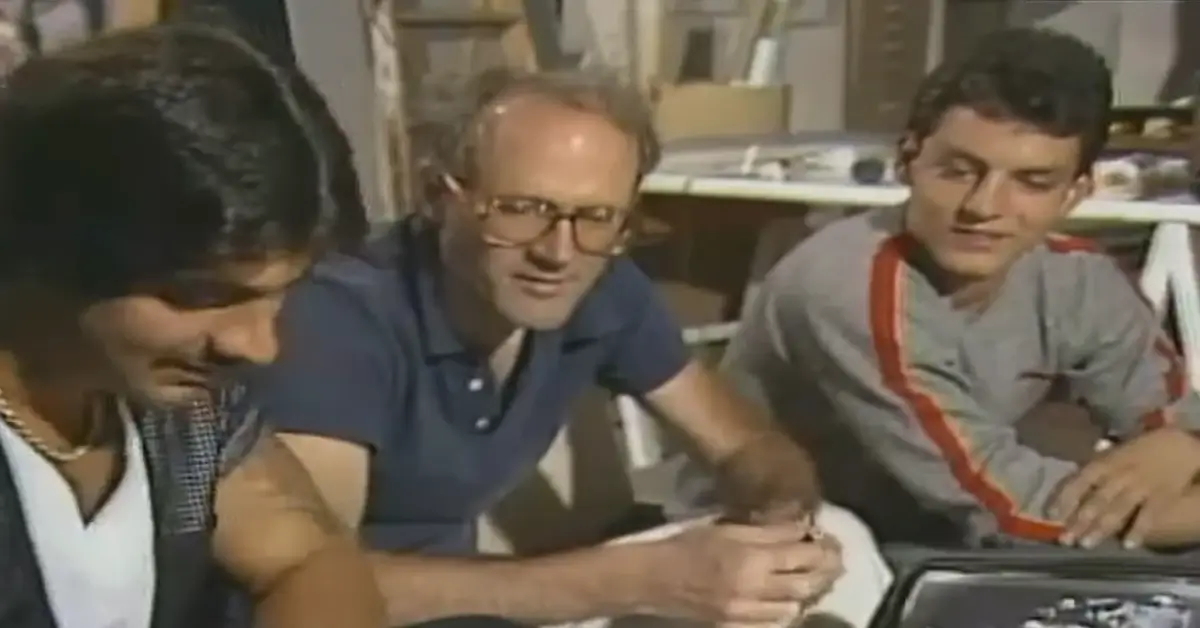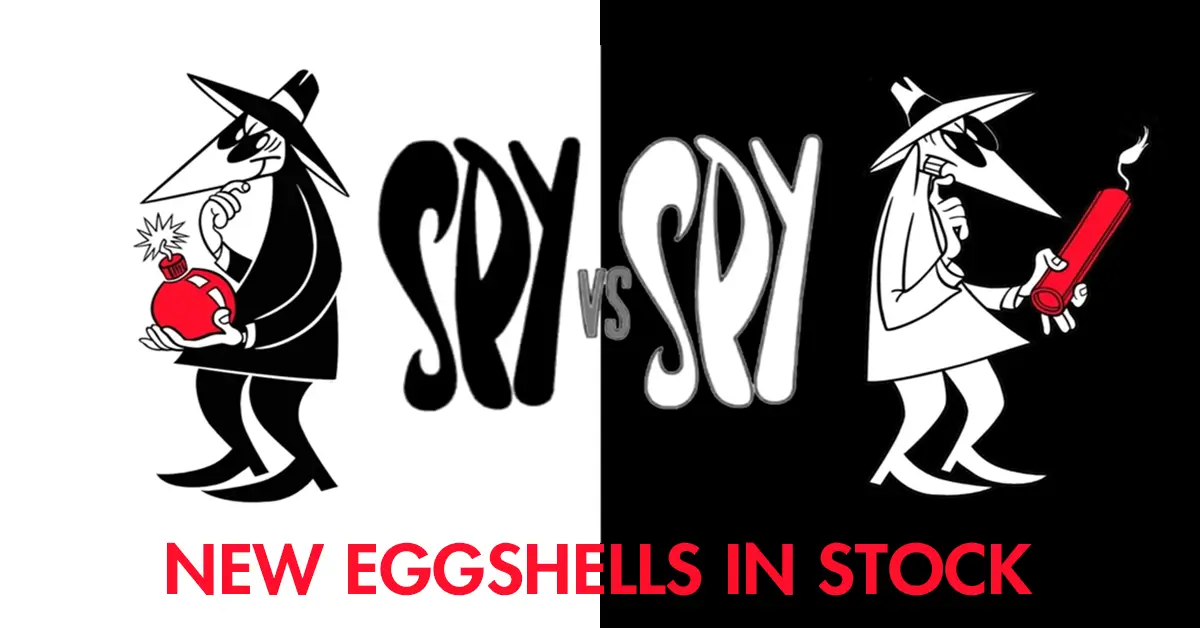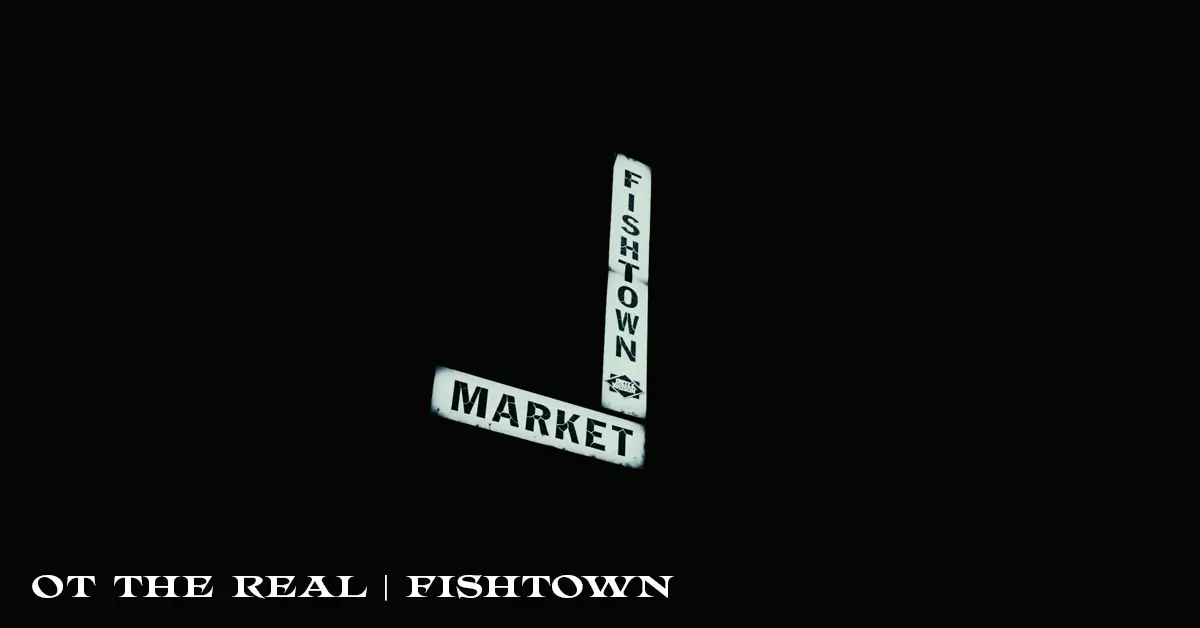1984 New York Subway Graffiti
I came across this 1984 Special Report: New York Subway Graffiti while bullshittin’ and didn’t really pay it any mind while it was on until a super young Martha Cooper pops up on the screen on one of the platforms that, if I didn’t know any better, I’d say it was the one where the infamous image she shot of the Duster UA train coming around the bend on the tracks.
Besides the living legend Martha Cooper, there’s a few others I’m sure the true heads will recognize if they peep the video. I don’t wanna ruin it [completely] so I’ll STFU and let y’all enjoy the video.
“As graffiti became associated with crime, many demanded that the government take a more serious stance towards it, particularly after the popularization of broken windows theory.
By the 1980s, increased police surveillance and implementation of increased security measures (razor wire, guard dogs) combined with continuous efforts to clean it up led to the weakening of New York’s graffiti subculture.
As a result of subways being harder to paint, more writers went into the streets, which is now, along with commuter trains and box cars, the most prevalent form of writing. But the streets became more dangerous due to the burgeoning crack epidemic, legislation was underway to make penalties for graffiti artists more severe, and restrictions on paint sale and display made obtaining materials difficult.
Many graffiti artists, however, chose to see the new problems as a challenge rather than a reason to quit.
A downside to these challenges was that the artists became very territorial of good writing spots, and strength and unity in numbers (gangs) became increasingly important.
This was stated to be the end for the casual subway graffiti artists.
In 1984, the New York City Transit Authority (NYCTA) began a five-year program to eradicate New York Subway Graffiti. The years between 1985 and 1989 became known as the “diehard” era.
A last shot for the graffiti artists of this time was in the form of subway cars destined for the scrap yard.
With the increased security, the culture had taken a step back. The previous elaborate “burners” on the outside of cars were now marred with simplistic marker tags which often soaked through the paint.
By mid-1986, the Metropolitan Transportation Authority (MTA) and the NYCTA were winning their “war on graffiti”, with the last graffitied train removed from service in 1989.
As the population of artists lowered so did the violence associated with graffiti crews and “bombing”.
However, teenagers from inner London and other European cities with family and other links to New York City had by this time taken up some of the traditions of subway Graffiti and exported them home, although New York City writers like Brim, Bio, and Futura had themselves played a significant role in establishing such links when they visited London in the early-to-mid-1980s and “put up pieces” on or near the western ends of the Metropolitan line, outside London.
Almost as significantly, just when subway graffiti was on the decline in New York City, some British teenagers who had spent time with family in Queens and the Bronx returned to London with a “mission” to Americanize the London Underground Limited (LUL) through painting New York City–style graffiti on trains.
These small groups of London “train writers” (LUL writers) adopted many of the styles and lifestyles of their New York City forebears, painting graffiti train pieces and in general “bombing” the system, but favoring only a few selected underground lines seen as most suitable for train graffiti.
Although on a substantially smaller scale than what had existed in New York City, graffiti on LUL rolling stock became seen as enough of a problem by the mid-1980s to provoke the British Transport Police to establish its own graffiti squad modeled directly on and in consultation with that of the MTA.
At the same time, graffiti art on LUL trains generated some interest in the media and arts, leading to several art galleries putting on exhibitions of some of the art work (on canvass) of a few LUL writers as well as TV documentaries on London hip-hop culture like the BBC’s Bad Meaning Good, which included a section featuring interviews with LUL writers and a few examples of their pieces.”
Via YT/@HezakyaNewz
For some quick New York City Subway Graffiti history check this post.




